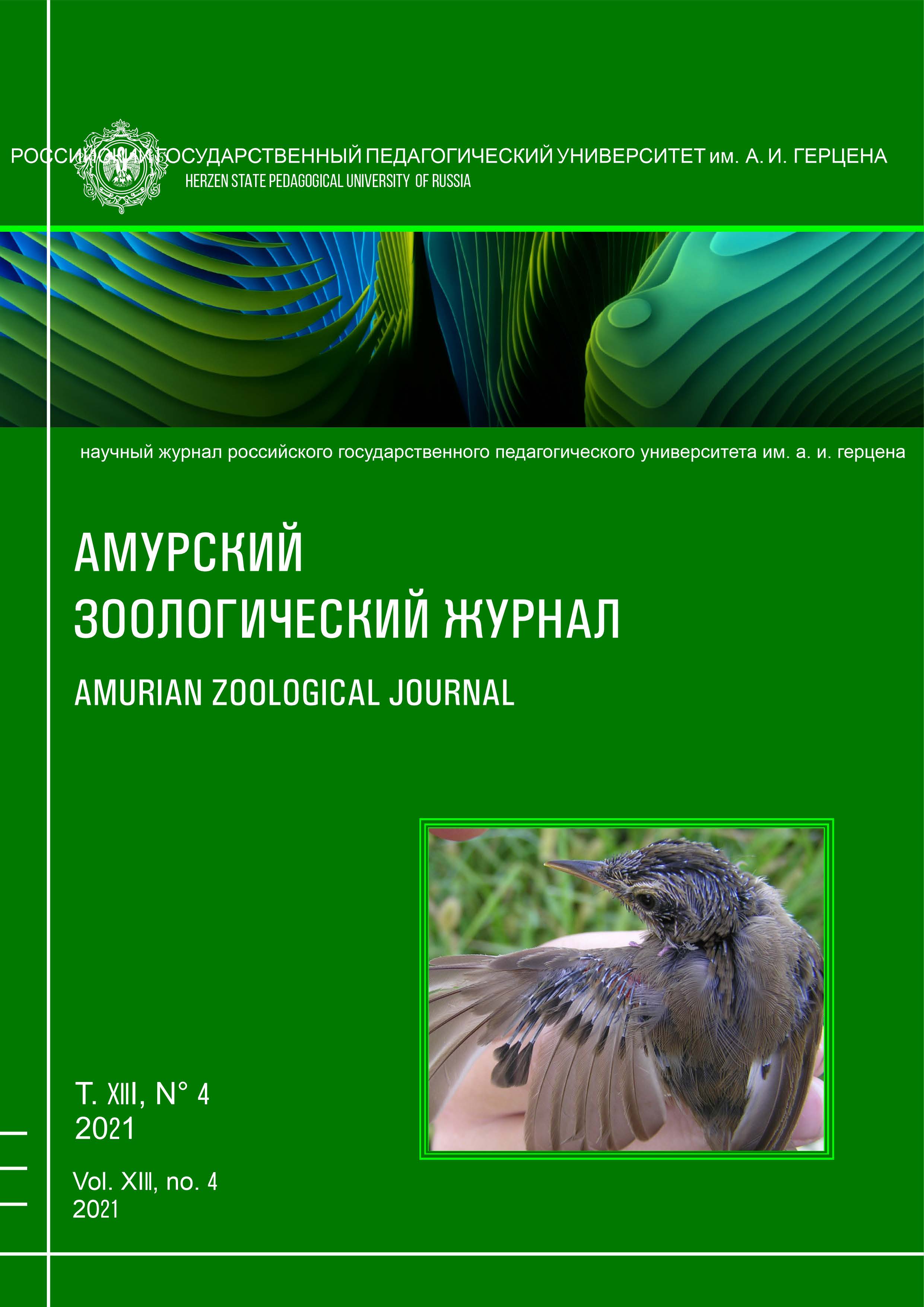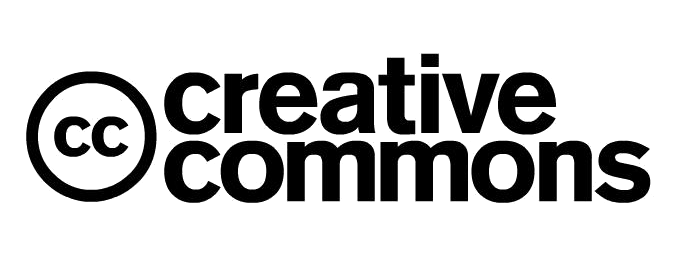Description of a new water mite species of the genus Limnesia Koch, 1836 (Acari, Hydrachnidae: Limnesiidae) from Mongolia
DOI:
https://doi.org/10.33910/2686-9519-2021-13-4-467-470Keywords:
Hydrachnidia, Limnesiidae, Limnesia, water mites, morphology, maleAbstract
An illustrated description of male of a new species Limnesia mongolica sp. nov. from Dergun reservoir of Mongolia is given. The genital field with three pairs of small acetabula, distance between ac.1 and ac.2 two to three times larger than length of any acetabulum, distance between ac.2 and ac.3 equal or larger than length of any acetabulum; P-4 distally strongly curved, with two simple ventral setae near middle of segment.
References
Tuzovskij, P. V. (1987) Morfologiya i postembrional’noe razvitiie vodyanykh kleshchej [Morphology and postembryonic development of water mites]. Moscow: Nauka Publ., 172 p. (In Russian)
Tuzovskij, P. V. (1990) Opredelitel’ dejtonimf vodyanykh kleshchej [Key to water mites deutonymphs]. Moscow: Nauka Publ., 238 p. (In Russian)
Tuzovskij, P. V. (1997) Vodyanye kleshchi roda Limnesia (Acariformes, Limnesiidae) fauny Rossii [Water mites of the genus Limnesia (Acariformes, Limnesiidae) in the fauna of Russia]. Tolyatti: Institute of Ecology of the Volga basin of Russian Academy of Sciences Publ., 89 p. (In Russian)
Downloads
Published
Issue
Section
License
Copyright (c) 2021 Petr V. Tuzovskij

This work is licensed under a Creative Commons Attribution-NonCommercial 4.0 International License.
The work is provided under the terms of the Public Offer and of Creative Commons public license Creative Commons Attribution 4.0 International (CC BY 4.0).
This license permits an unlimited number of users to copy and redistribute the material in any medium or format, and to remix, transform, and build upon the material for any purpose, including commercial use.
This license retains copyright for the authors but allows others to freely distribute, use, and adapt the work, on the mandatory condition that appropriate credit is given. Users must provide a correct link to the original publication in our journal, cite the authors' names, and indicate if any changes were made.
Copyright remains with the authors. The CC BY 4.0 license does not transfer rights to third parties but rather grants users prior permission for use, provided the attribution condition is met. Any use of the work will be governed by the terms of this license.







